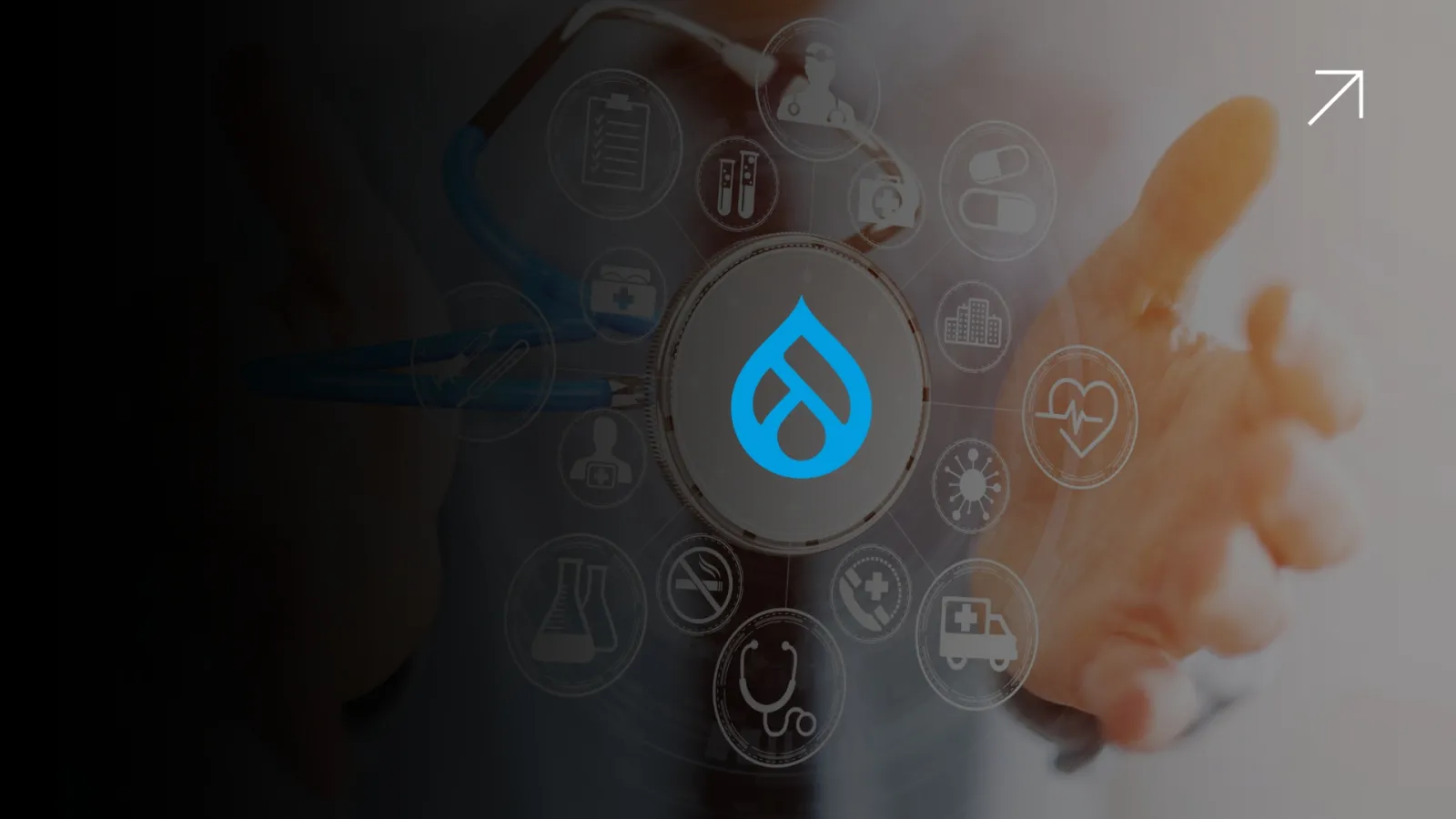Digital in pharma is no longer about keeping up. It’s about staying ahead. The industry's leading minds aren’t asking how to build portals; they’re asking how to connect patient data across continents, how to personalize experiences at scale, and how to bring AI and machine learning into real-world decision-making.
But here’s the catch: none of that works if your digital foundation is rigid, opaque, or locked behind proprietary walls.
That’s why more and more innovation leaders are turning to Drupal for pharma. Not because it’s trendy, but because it’s quietly built for what’s coming next.
AI and ML Need Open, Structured Foundations
Everyone’s excited about AI, but very few organizations are ready to deploy it meaningfully. The biggest reason? Their content and data ecosystems are a mess. Unstructured assets. Siloed systems. Disconnected APIs. No version control. No governance.
AI doesn’t work in that environment. Machine learning can’t predict outcomes when it’s pulling from three different databases, five different sites, and a hundred inconsistent content modules.
Drupal for pharma fixes the foundation.
Its structured content model and API-first architecture mean your data is clean, your workflows are connected, and your systems are ready to talk to each other. Whether you’re building a clinical AI engine, powering adaptive education platforms, or just running predictive analytics on patient engagement, Drupal gives you the clarity and structure AI demands.
It’s not about adding AI later. It’s about building in a way that AI can use now.
The New Ecosystem Is Open, Real-Time, and Interconnected
The next era of digital health is about integration. Clinical data, patient-reported outcomes, trial operations, therapy adherence, and content engagement it’s all converging. And it needs to move in real time.
Drupal isn’t just keeping up. It’s enabling that convergence.
Because it’s open source, Drupal can connect with almost anything- EHR systems, clinical data platforms, wearable APIs, real-world evidence engines, and AI personalization tools. And because it’s permissioned and compliant by design, it does it in a way that meets HIPAA, GDPR, and whatever regional regulation you’re up against next.
You’re not duct-taping systems together. You’re building a composable, intelligent ecosystem that works.
Intelligent Personalization, Without Losing Control
The future isn’t just AI for the sake of AI. It’s intelligent, compliant, real-time personalization that adapts based on who the user is, what they need, and where they are in their journey.
With Drupal for pharma, content can dynamically adjust based on behavioral signals, user profiles, or data triggers from your CRM or analytics tools. And because all of this happens inside a governed, audit-friendly environment, your MLR team doesn’t get cut out of the loop.
That’s real innovation. AI that works within the rules, not around them.
Speed Still Matters
Let’s be clear: innovation doesn’t matter if you can’t move fast.
With Drupal, you can launch platforms faster. Integrate faster. Adapt faster. Whether you’re piloting a new digital health tool, launching a companion app for a therapy, or scaling out a trial recruitment engine, speed is part of the build, not an afterthought.
And in a world where first-mover advantage still counts, that agility matters.
Valuebound Is Building for What’s Next
At Valuebound, we’re not just helping pharma companies modernize. We’re helping them architect the future. That means systems that are AI-ready. ML-optimized. Privacy-respecting. Integration-friendly. Built for scale, built for speed, and built for where the industry is headed, not where it’s been.
We don’t think of Drupal as a CMS. We think of it as the core of the digital health stack. And when it’s implemented right, it becomes a living system that grows with your science, your markets, and your ambition.
Because the future of pharma won’t wait. And the infrastructure behind it can’t afford to lag.





